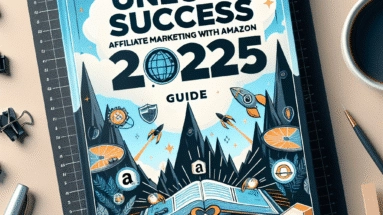About
Colin Bell is an internet marketing strategist and digital entrepreneur who transitioned from a 20-year culinary career to online business. At colin-bell.com, he provides honest, experience-based guidance on affiliate marketing, YouTube optimization, and digital strategies.
Unlike typical marketing educators, Colin documents his real journey—including both successes and failures—to help others avoid common pitfalls. His authentic approach stems from personal experience investing in various marketing programs and learning what actually works versus what's just hype.
✓ University of Hull
Experience & Expertise
9+
YEARS OF EXPERIENCE
Published Works
Digital marketing strategy and execution
WordPress development
ADA website accessibility compliance
Email list building and lead generation
Video production and training course development
Online business compliance and risk management
Client support and digital consulting
Content development
Growth-focused digital strategy and innovation
Contact Information
📍
CB Digital
Clyde Offices
2nd Floor
48 West George Street
Glasgow
G2 1BP





















